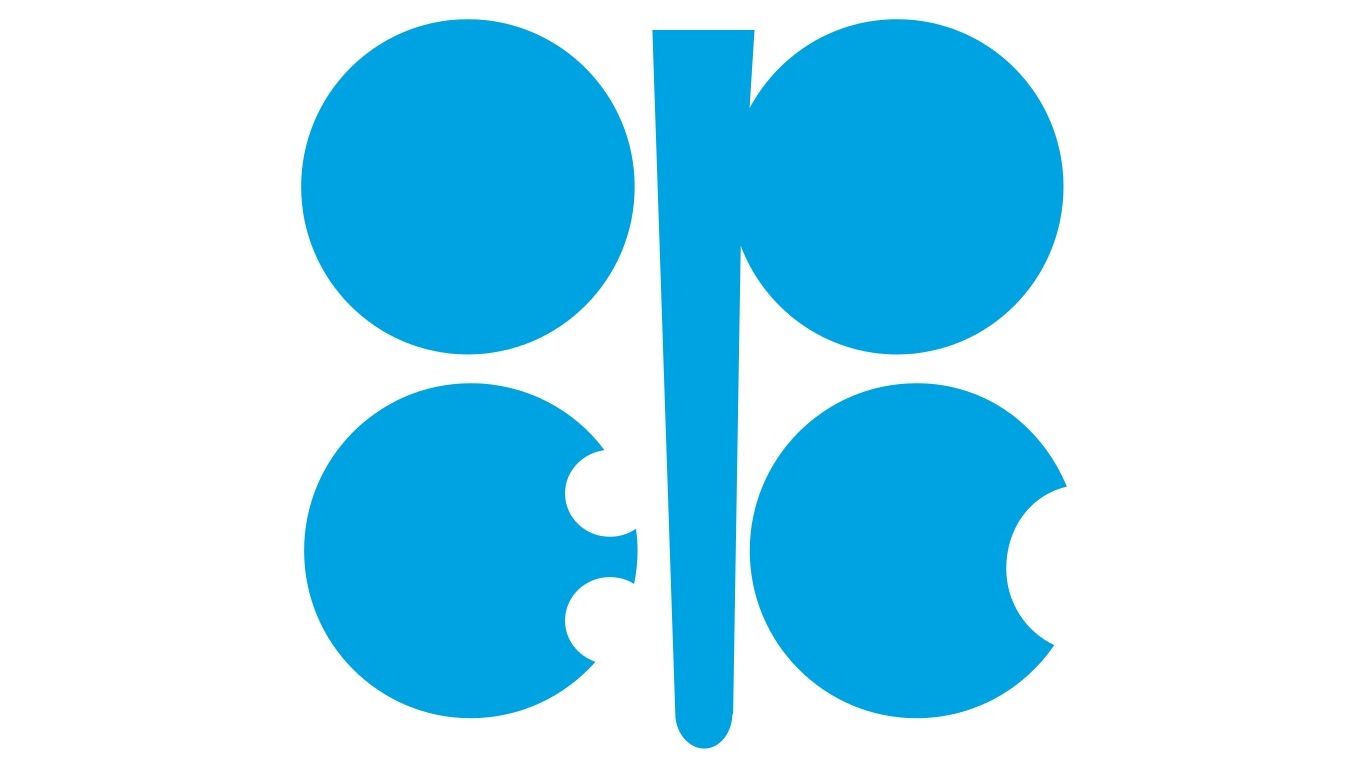
When oil ministers from OPEC oil producers begin their meeting on Thursday, analysts and traders will be looking for an extension of the cartel’s current production cuts, or even better, further cuts to production as a path to higher crude prices.
OPEC’s current production cut of 1.2 million barrels a day is supposed to end in March 2020, and an extension at least until June, the approximate date of the next ministers’ meeting, is the most likely outcome of this week’s meeting in Vienna. The Financial Times noted earlier this week that maintaining the current production level is the path of least resistance and therefore the most likely outcome. On Monday, Reuters reported that OPEC is likely to cut another 400,000 daily barrels from its currently agreed levels, citing two unnamed sources.
Whether further cuts are adopted depends in a large degree on what Russia chooses to do. As a member of an informal group known as OPEC+, Russia has agreed to reduce production but the country has exceeded its agreed-upon level in eight of the past 11 months. The CEO of Lukoil, one of Russia’s biggest producers, has said he sees no reason to extend the cuts beyond March.
The big variable may be U.S. production. Non-OPEC supply next year is expected to rise with new fields in the North Sea and fields offshore of Brazil and Guyana coming online. These and fields that are already producing could add another 2.3 million barrels a day to global supply in 2020.
Much depends on how U.S. onshore shale producers react to OPEC’s plans. Now that Exxon, Chevron and other supermajors have planted their flags in U.S. shale plays, they are much better financially equipped to boost production if an OPEC production cut does lift prices. If that were to happen, the price would come back down and OPEC would be stymied again.
The global economic outlook remains soft and demand for more oil also has softened. If OPEC cuts production beyond current levels, it risks losing market share to Russia (which everyone should expect to cheat) and the United States.
Saudi Arabia would, at one time, have liked to do something immediately to lift the price of crude and boost the initial public offering of shares in the country’s national oil company, Saudi Aramco. This may not be such a big factor any longer, given that participation in the IPO is being forced down the throats of many of the country’s richest citizens.
Finally, there are large public protests in the streets of cities across Iran, Iraq and Algeria, most demanding a more equitable distribution of their countries’ oil riches. The only way for these OPEC members to do that, under the current production cut agreement, is to find a way to push prices higher. The alternative, of course, is to raise production and steal market share from fellow OPEC members. The proverbial rock and hard place.
Given Russian oil companies’ reluctance to extend or deepen the cuts, it remains most likely that OPEC will punt for now. But if Russian President Vladimir Putin decides that stronger ties with Saudi Arabia preempt more oil dollars, Russia could agree to further cuts and then cheat some more. Stay tuned.
It’s Your Money, Your Future—Own It (sponsor)
Are you ahead, or behind on retirement? For families with more than $500,000 saved for retirement, finding a financial advisor who puts your interest first can be the difference, and today it’s easier than ever. SmartAsset’s free tool matches you with up to three fiduciary financial advisors who serve your area in minutes. Each advisor has been carefully vetted and must act in your best interests. Start your search now.
If you’ve saved and built a substantial nest egg for you and your family, don’t delay; get started right here and help your retirement dreams become a retirement reality.
Thank you for reading! Have some feedback for us?
Contact the 24/7 Wall St. editorial team.
 24/7 Wall St.
24/7 Wall St.



